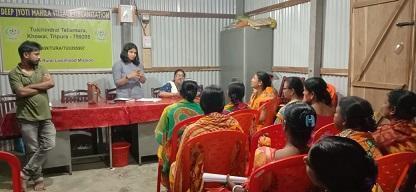
Is pottery a sustainable livelihood?
- By Chumki Das
- December 22, 2022
Greater awareness of online marketing and support to promote products internationally will be a big help, writes MGN Fellow Chumki Das
Pottery was introduced in the ancient era and is one of the oldest livelihoods. Many alternatives have surfaced, but none can replace this old art of making pots out of soil. The Kumhars obtain their name from the Sanskrit word kumbhakar, meaning earthen pot-maker. Some Hindu kumhars fondly call themselves Prajapati, after the lord who created the universe (Baidyanth, 1979). The first engineers in the history of humanity were potters.
However, in the present era of globalization, potters are under occupational transition, which is proven by a drastic change in their livelihood and in their locale.
According to a study by Jahanara et al., 2021, it was found that due to low profit, potters changed their line of work. Only 10% of them relied solely on pottery because it could do not provide for their basic needs. Potters frequently experience alienation when changing careers. In light of this, MGN Fellow felt it was important to talk about the difficulties this long-standing profession faces.
Many families in the Khowai district depend on and participate in pottery-related activities. The MGN Fellow found out that there is one community (Karmakar) involved in pottery activities for generations and use knowledge gained from their ancestors to pursue their craft.
A study was conducted with 12 female potters from the Tuichindrai village in the Teliamura block of Khowai Tripura. People in Tuichindrai create various pots and vessels, as also clay idols of Hindu gods and goddesses, decorative items, and ritual artifacts. They make their biggest profits by selling idols. The majority of the clay objects are made for ritual use. Additionally, they also make terracotta toys, food storage pots, and water storage containers.
It was found that pottery is the only livelihood for 91.6 percent of the respondents. The average yearly income of their family is Rs. 1,50,000. The annual income ranges from Rs. 1,00,000 to Rs. 5,00,000. None of the respondents had any experience with automated production. From the field visit, it was evident that produced pottery products using conventional methods.
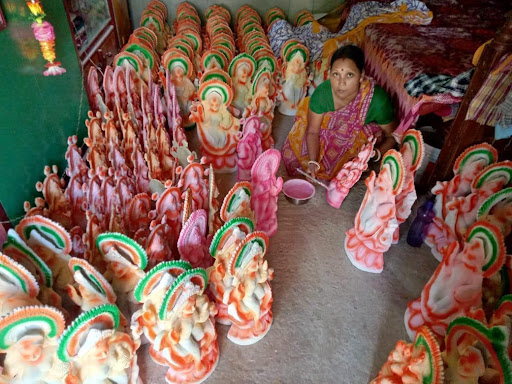
The primary raw materials for a ceramic product are clay and water. The potter's wheel is the most important tool artisans need to create their products. The seven stages of pottery production are the sourcing of the clay, clay preparation, pot making, sun drying, coloring, baking, and marketing.

It was found that no one sold their goods exclusively in the local or international markets; they are sold in both local and outside markets. Moreover, no one put up their goods for sale online. All potters sell their goods directly to consumers or to wholesalers. Their business doesn't use a middleman. During interactions with the respondents, it was discovered that nobody had received any job-specific skill training. The only instruction they received was from their forefathers. Their products are less in demand than machine-made products on the market as a result of a lack of training on sustainability and finishing.
Lack of raw materials, the availability of high-quality goods made by outside potters in the local markets, and low income from wholesalers are some of the main difficulties the pottery community is currently facing. Other elements that affect how well a business does include shocks, trends, and seasonality.

Pottery can be a full-time or part-time source of income. It is a friendly occupation for women because they can work from their home. However, traditional methods of manufacturing powered only by ancestral knowledge are not sufficient for profitable marketing. Poor market linkage is another major drawback.
Potters deal with a variety of issues, but group production and the participation of the artisans can help find solutions. All potters across the state should come forward and start producing in groups or as an organization in order to reduce their fixed costs and gain a foothold in the neighborhood market. The concept of rural industrialization can prove beneficial. Both the government and civil society should take action to help the underprivileged and needy. Policy-wise, greater emphasis on sustainable and ecofriendly production of utility goods can bring hope to this rapidly vanishing community of potters.
Recommendation
-
In order to manage uncertain risks, they should receive training in alternative professions.
-
They need support to promote their products internationally.
-
The need of the hour is rural industrialization.
-
For the specific community, the MSME ministry's ground-level policy intervention would be crucial.
-
Their products require research and development.
-
To ensure that potters can benefit from insurance for health and product damage, bureaucrats and private/public organizations should step forward.
-
Government and civil society involvement is necessary in this area.
-
Periodic review by divisional officers can have significant impact.
Way forward
-
Appraisal and skill enhancement of the available field coordinators: The field coordinators under TRLM in that particular block should take an active role in promoting the products as they do not take any leads yet in this area. An appraisal and skill enhancement are needed by the organization for their better performance.
-
Training on machine made products: To make the potters eligible to compete with outside machine-made products, they should undergo training on machine-made products as per the trends in the market.
-
Formation of a Producer Group: One producer group can be formed to strengthen the potter community of Tuichindrai village.
-
Awareness on online marketing- As they are not aware of the online market for pottery, awareness generation on online marketing is a meaningful way forward.
-
Help to avail financial assistance: There are certain schemes for potters, so to link those with various financial institutions for availing loans would be a great move.
References
-
Baidyanath, S. (1979). Pottery -Making Cultures and Indian Civilization. Abhinav Publications pp.46-47ISBN 978-81-091-4
-
Haloi, R. (2017). Potters, Profession and their Livelihood Opportunity under Rural Industrialization: A quantitative analysis
-
Orton, Clive, Paul Tyers and Alan Vince. 2005. Pottery in archaeology (8th edition). Cambridge University Press. United Kingdom.
-
https://knnindia.co.in/news/newsdetails/msme/msme-ministry-announces-new-guidelines-for-pottery-beekeeping-schemes
https://knnindia.co.in/news/newsdetails/msme/msme-ministry-announces-new-guidelines-for-pottery-beekeeping-schemes
https://knnindia.co.in/news/newsdetails/msme/msme-ministry-announces-new-guidelines-for-pottery-beekeeping-schemes



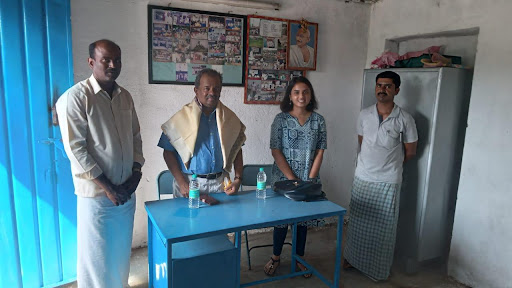

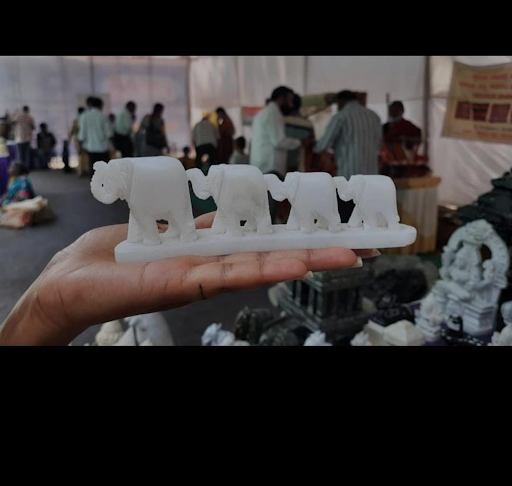


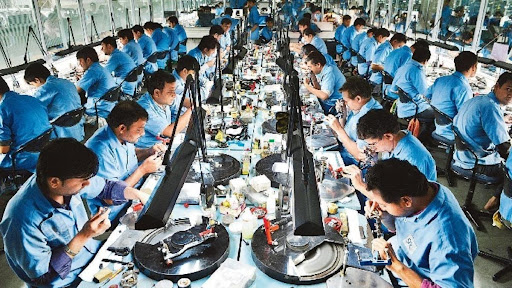


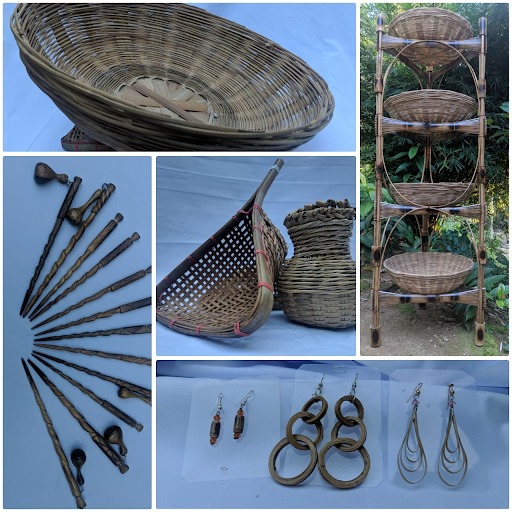






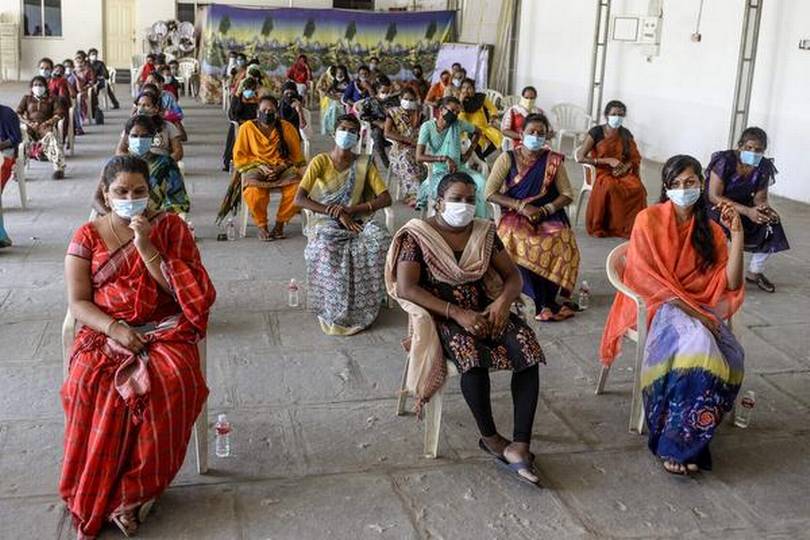


















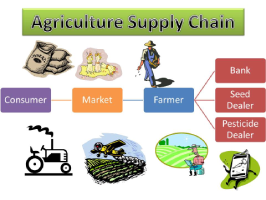









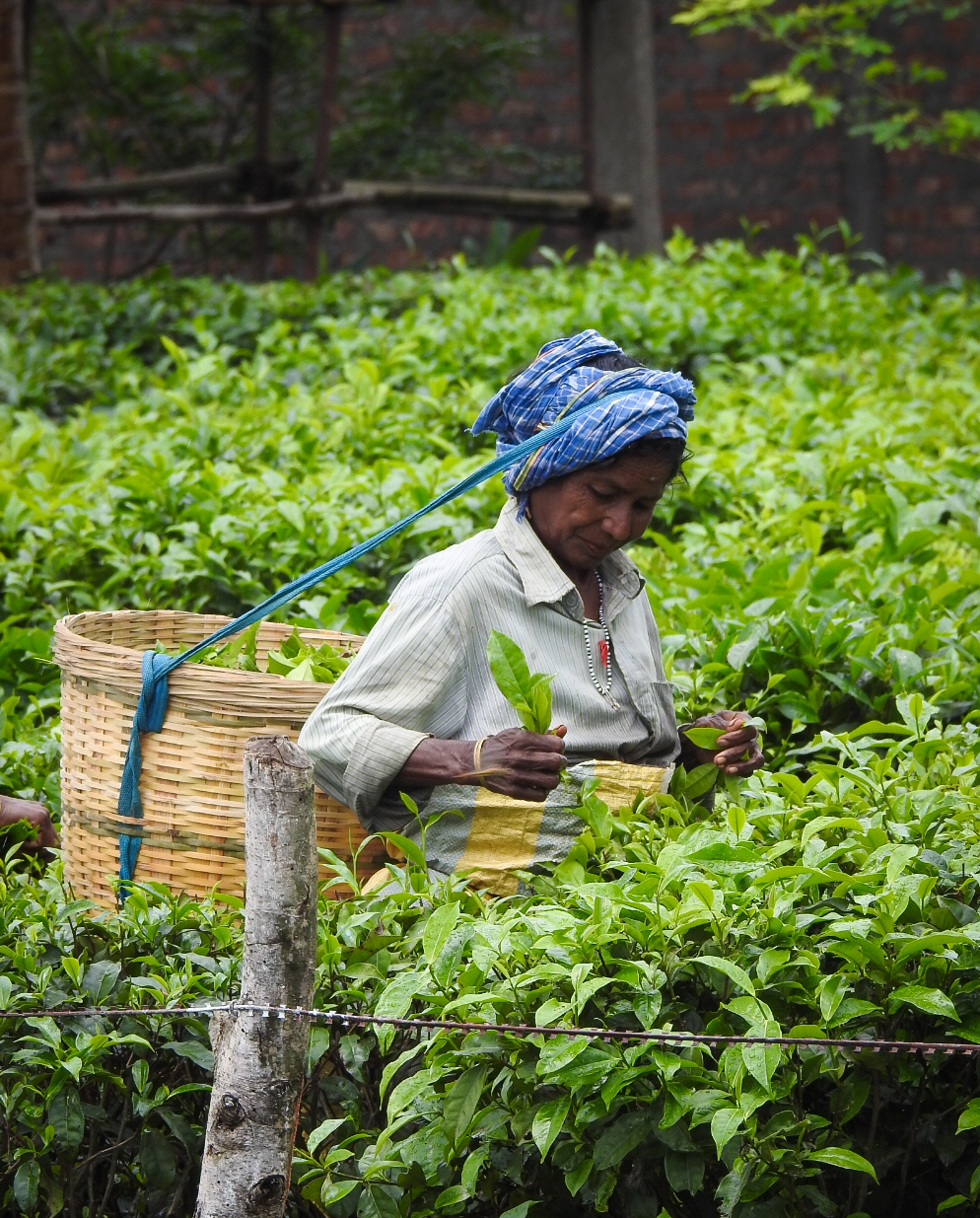







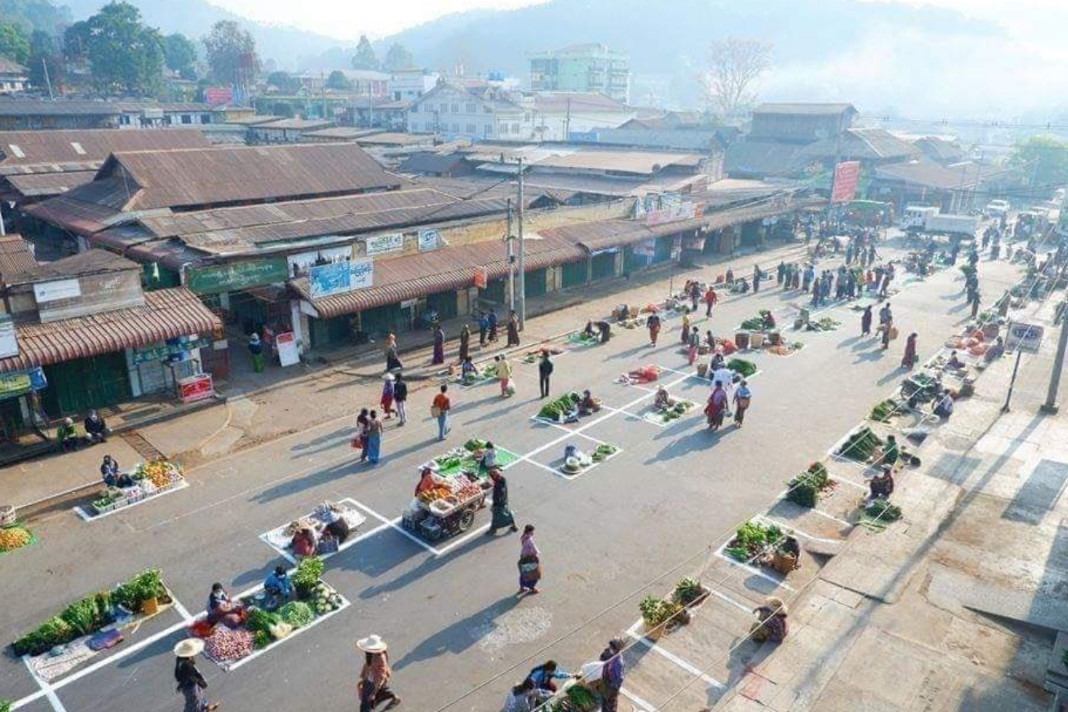



















Chumki Das